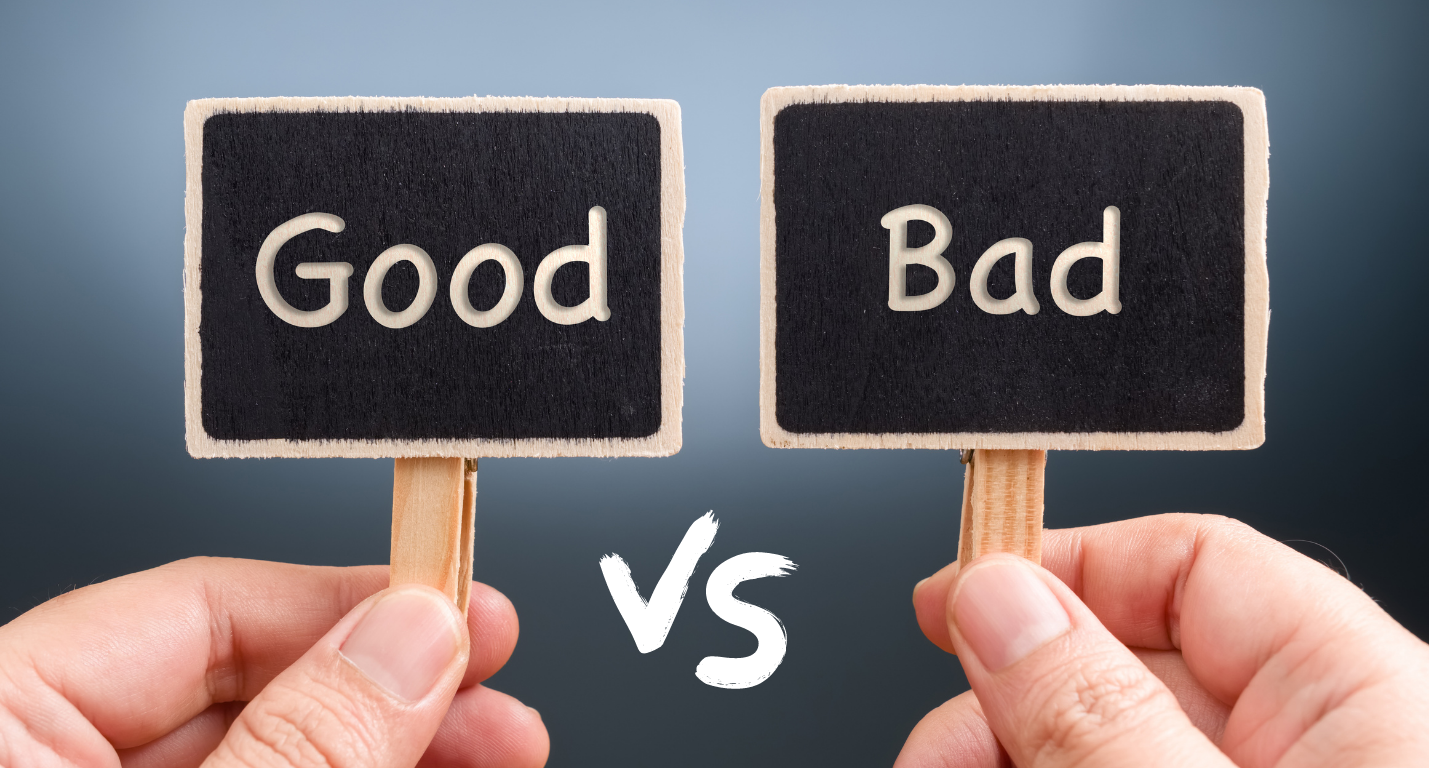Why Backlinks Matter: Do It Right So Google Doesn’t Penalize Your Site
Konabos Inc. - Konabos
8 Jul 2021
Backlinks are super important when it comes to SEO. In essence, backlinks are approvals from a third party that your site deserves a referral and that your content is worthy of being shown to online users. When you link to someone’s website, it’s a backlink for them; when they link to your site, then it’s a backlink for you. Not all links are equal, and not all backlinks are good; the difficult part is finding quality links from as many reputable sites as possible. Building backlinks is a continuous process; it can be slow but worth it once you have numerous high authoritative (trusted) sites linking back to yours. Below, we will look at why quality backlinks increase a brand’s organic ranking, explore a few common tactics you should avoid not to get penalized by Google, and touch on those you should incorporate to boost your SEO ranking efforts.
Benefits of Quality Backlinks
A link back to a website is similar to a Facebook “Like”; it’s a stamp of approval from site A to site B confirming that this content is valuable for audiences and that search engines, like Google, should take notice. Backlinks from high authority sites, whether it be a mention in The New York Times or a link back from a respected blogger in a specific niche, pass on a lot of benefit to the receiving party, such as:
It Will Increase Your Organic Ranking

Content with numerous backlinks pointing back will naturally rank higher, and Google will pay more attention to the site. If no one links back to your content, you need to figure out why and start building strategies to change this. It’s also essential to ensure that every piece of content has links pointing internally to other pages on your website. Internal linking is good for navigation and entices search engine bots to crawl all your content pages.
Your Website Will Be Crawled More Often
Further to the first point, the more internal links you have, the more accessible your site becomes for bots to crawl and index. Sites that are indexed regularly usually have their latest content ranking higher on the search engine results page. If a high authority site links back to one of your quality pieces and you have no internal links on that page, the bot will hit a dead-end, and you will lose out on potential traffic.
An Increase in Referral Traffic

If site A has a link pointing back to site B, and 5000 people read the page where the link appears, then site B has the possibility of attracting 5000 new visitors. People who click these links usually do so out of interest to learn more, which generally leads to a lower bounce rate, which is good for SEO. Although some of these links might pass on less “link juice” they benefit your brand by gaining visibility to a broader audience.
Several sites offer backlink checker tools that allow marketers to track all backlinks pointing to their content and competitors. It’s worth using one of these tools to measure the number of backlinks to your site and their quality.
Backlinking: The Good vs the Bad

People can employ two main types of tactics for SEO: White Hat and Black Hat. Link building tactics can fall into both categories.
White hat SEO uses tactics aligned with Google’s Webmaster Guidelines and takes the ethical approach to achieve high-ranking positions. White hat is done with a long-term visibility approach and doesn’t try to fool the system - the goal is to create content for humans, not bots. Black hat SEO violates Google’s guidelines and goes for quick and easy ways to get a site ranking, regardless of tactics used to achieve this. Black hat is about the immediate and is unsustainable in the long run.
Google heavily penalizes sites that try to trick the system. Penalties include removing site listings and making sure they no longer rank for their targeted keywords. Ultimately both negatively affect visibility, traffic, and revenue.
Black-hat Backlinking tactics to avoid:

Buying low-quality links
High-quality content is hard to come by, which is why Google sees this rarity as pivotal for SEO. It’s not cheap, and it’s valuable. Quality links come from sites within your niche rather than from random web pages. Black-hat tactics are all about obtaining low-quality and low-value links from sites that often have no relevance to your products and services.
Using Link Farms
Low-quality companies will create sites with the sole intention of using them to create as many backlinks to as many sites as possible. Brands will pay these companies to build backlinks to improve their search ranking. Google knows that sites that point back to thousands of unrelated content pages are of no value and are in violation of the rules.
Spamming
Have you ever seen the comments sections of some online blogs? Random messages from people promising something amazing simply by clicking the link they provide? Some people make a career out of plugging URLs into any comment section they can find, regardless of content. This spammy technique of promoting a website at any cost is still frequently used and does nothing to help build brand credibility.
Best Backlinking Practices

Best Backlinking Practices
So, what are some of the best practices to get noticed and ranking? Unfortunately, there are no overnight solutions. Still, your site will gain traction and attention with both time and consistency by using the best link-building practices.
Go Organic
Just like SEO focuses on the importance of organic ranking, the same principle applies to building backlinks. Buying links is against Google’s policy, and it’s not uncommon for purchased links to be harmful and link back to the types of spammy websites mentioned above. Google is strict on this and will penalize sites found in breach. Organic is really about publishing good content and having external sites find you and naturally link back.
Stay Within Your Niche
If you sell leather shoes, don’t ask your friend who owns a successful welding company to link back to your site. Google won’t like this, and you won’t get much benefit from this backlink as it won’t be seen as relevant by search engines. Try to stay within your niche and obtain backlinks from brands, suppliers, and partners with strong ties to your products and services.
Keep Track of Brand Mentions Online
Keep tabs on other sites, blogs, articles, and news that mention your brand, and ask the author to link back to your site. This tactic is especially relevant when you launch a new product or service.
Keep your Quality Content Fresh
You know your audience and your products, so keep your readers engaged by giving them new content regularly. Not only are you telling search engines that your site is active, but you’re building credibility amongst your audience and increasing the chances of having them share and promote your brand. The more consistent you are with your publishing, the more you increase your chances of being found.
Backlinks are an essential part of SEO and are effective in getting quality sites to climb in the rankings. There are hundreds of different strategies that you can take when it comes to obtaining backlinks. Whether you ask for a backlink or someone links back to your valuable content, the important thing to remember is that if something sounds too good to be true, it probably is. Backlinking is an ongoing process, so always keep an eye on your backlinks and make sure that you’re taking the holistic approach. In the long run, you’ll be happy you did.
Also Read: Why Link Building is a Must for your SEO

Konabos Inc.
Yay to Konabosing in style! Content tagged with the Konabos handle is produced by two or more Konabos team members.



Share on social media